Power supplies are essential for at home tinkering and electronics hacking. Unfortunately, they’re really quite expensive, and a bit out of reach for most hobbyists. Computer ATX power supplies are a cheap alternative, although they usually tend to lack the features of real bench power supplies… unless you hack yours like [Mark Schoonover]!
When [Mark] set out on this project he wanted to use as many recycled components as possible, but still come up with an extremely functional bench top power supply. He snagged a 500W ATX power supply from one of his kid’s old desktop PC’s, grabbed some old wall-warts for individual current limited supplies (apparently ATX PSU’s don’t have 5V rails anymore?), and put it all into a nice big project box.
He’s even thrown in a voltage regulator with current metering and a nice set of 7-segment displays!

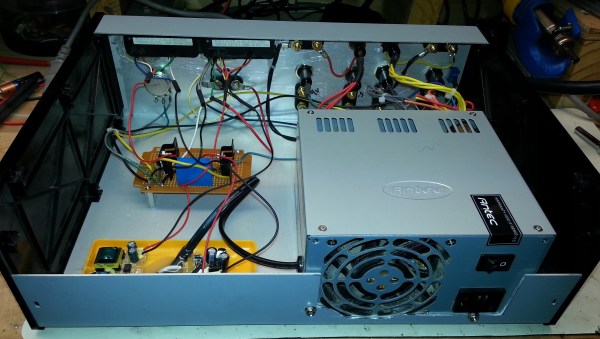
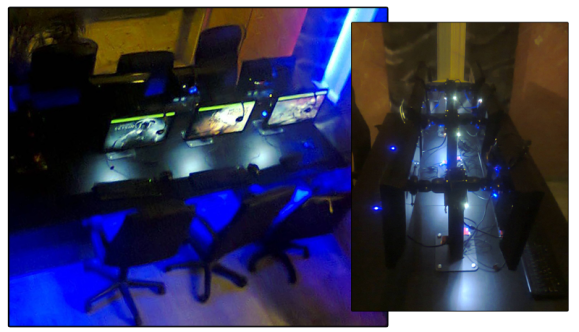
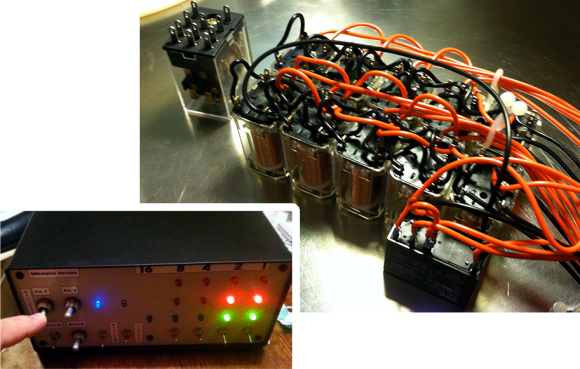
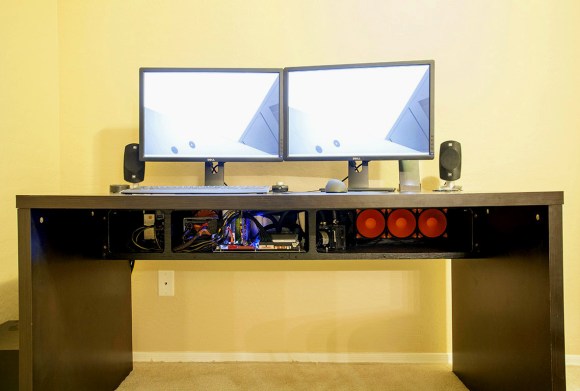
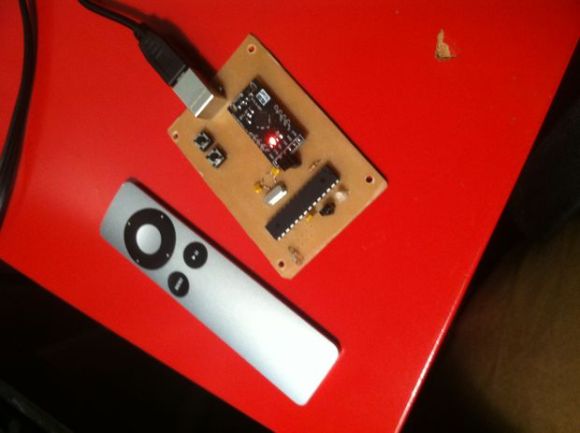
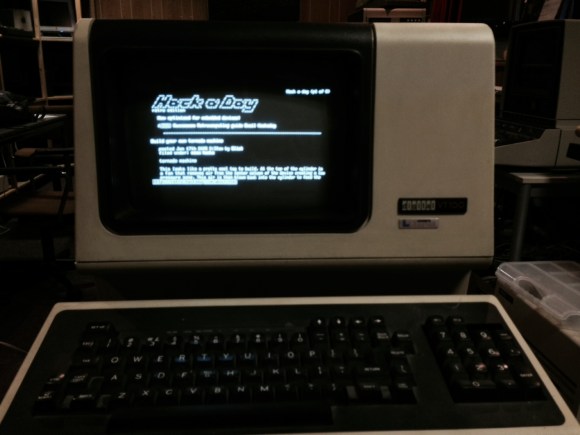 Our friends over at
Our friends over at 








